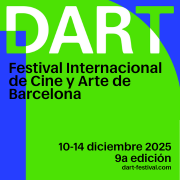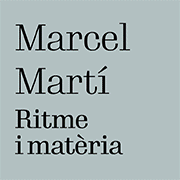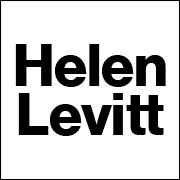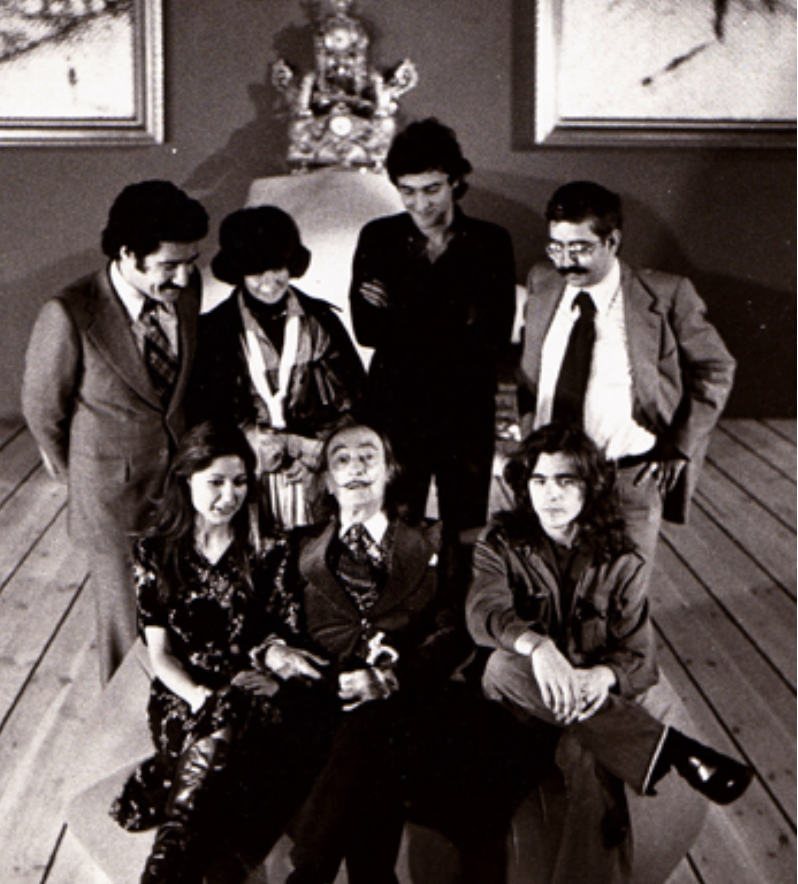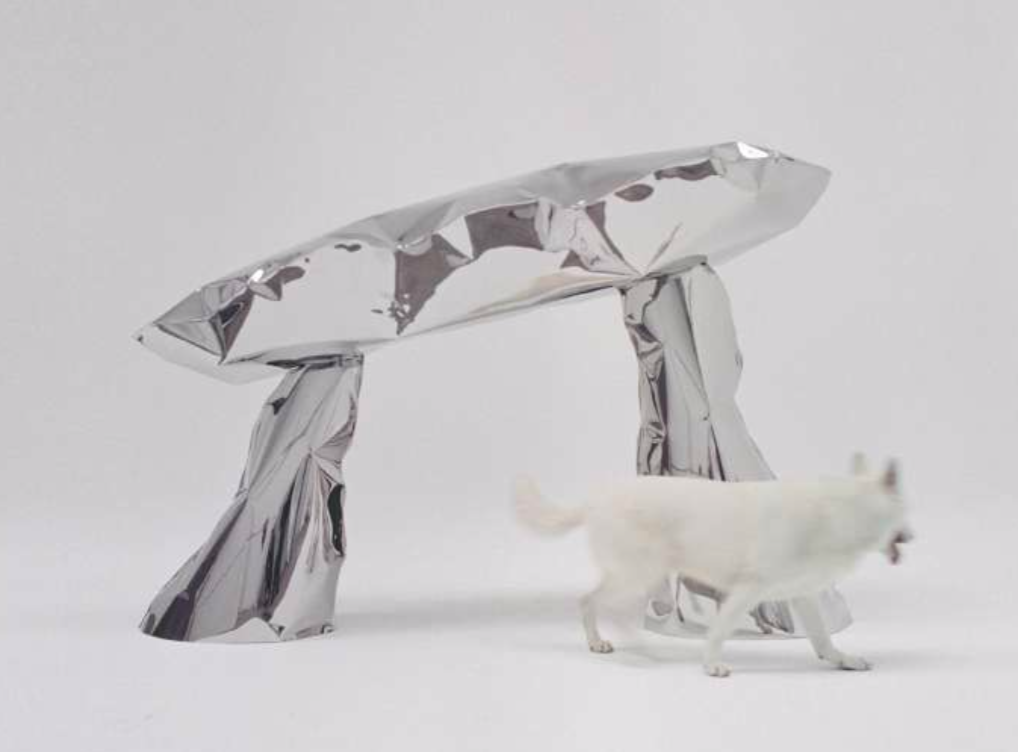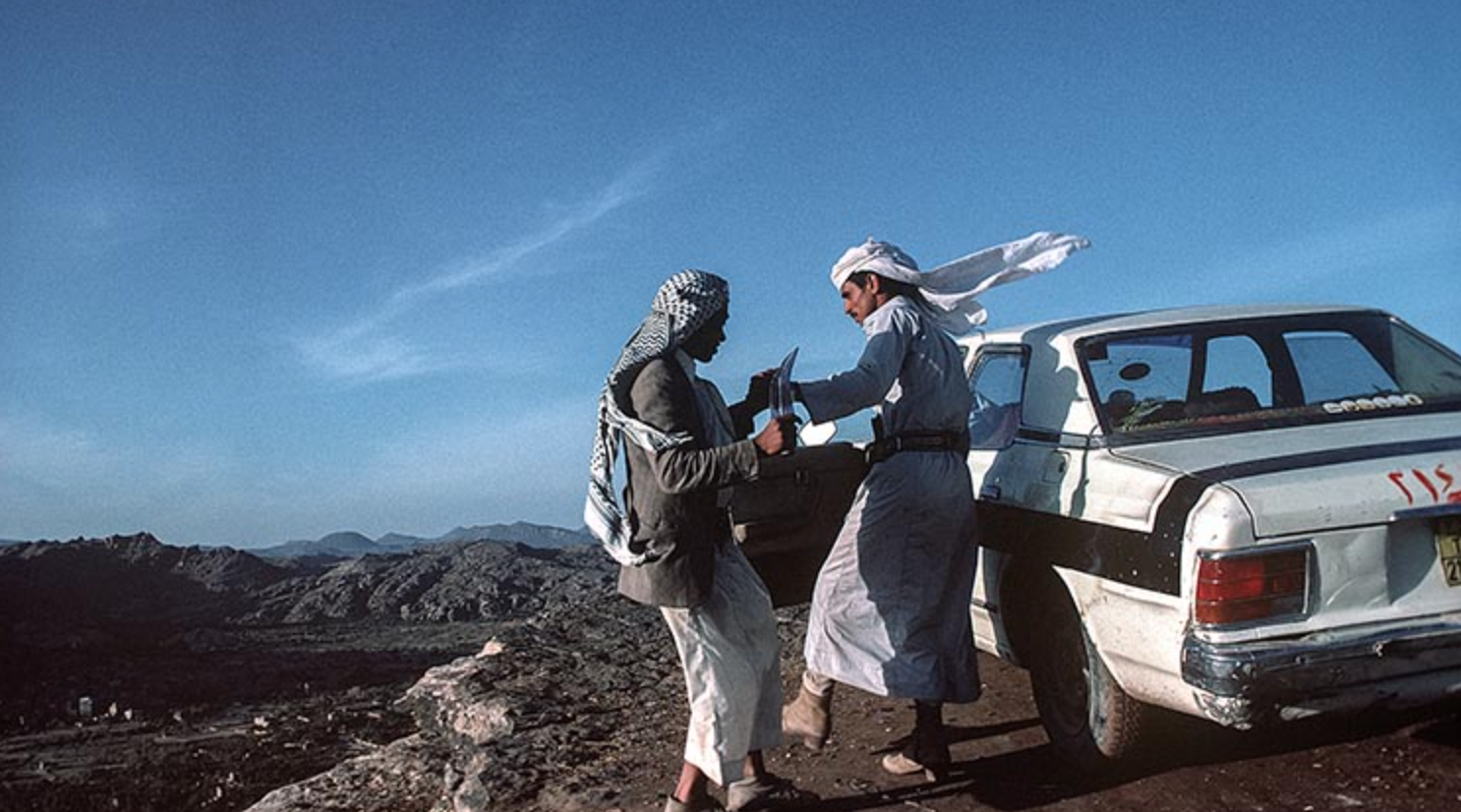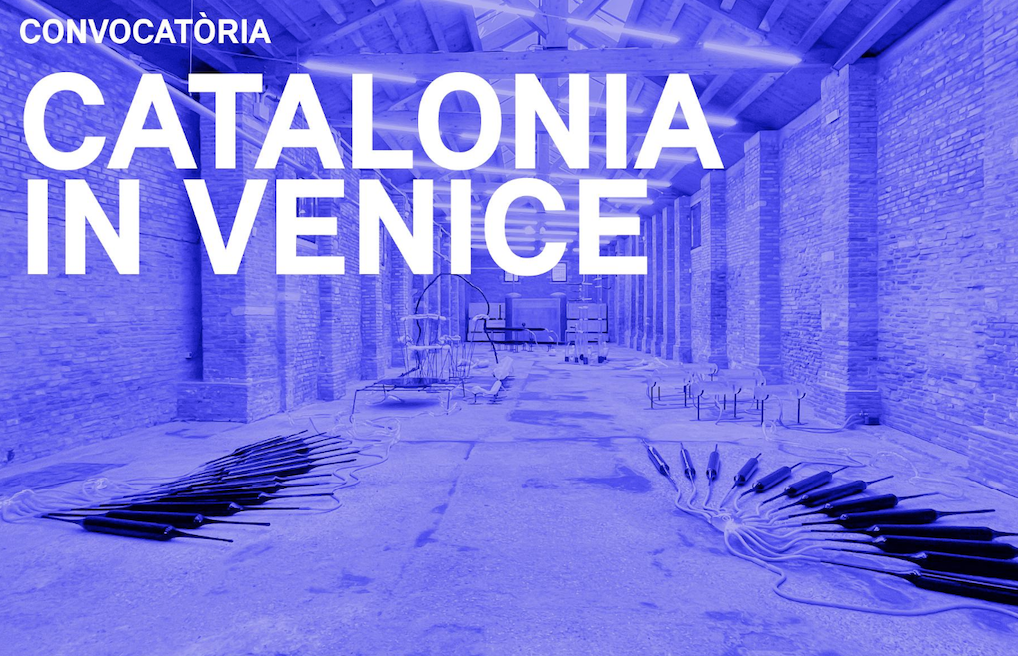contests
The transformative capacity of architecture
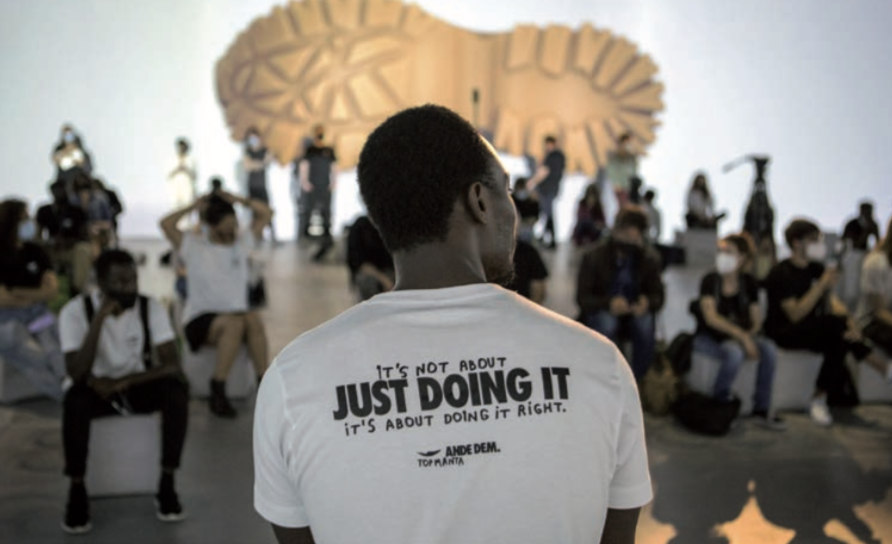
Curated by Lesley Lokko, the 2023 Venice Architecture Biennale envisions Africa as a laboratory of the future. The project Seguint el peix, by Leve Productora and Top Manta (Popular Union of Street Vendors), selected to represent Catalonia and the Balearic Islands, deals with the transformation and vindication of the right to the city for everyone.
In the 2012 edition of the Venice Architecture Biennale, it was decided that Catalonia and the Balearic Islands would have their own pavilion, at the hands of the Ramon Llull Institute. At that time the architecture sector was immersed in a deep crisis, and it was seen as the possibility of offering a showcase of the work of local architects, in the most important event of global architecture thought. Then, there was no little pressure to include the largest number of local works and offices. But the spirit of the Venice Biennale is not quite this. Many international pavilions, more consolidated, opt for more reflective, perhaps more personalistic participations, which allow the curator to develop a thesis without having to pay the toll of showing a catalog of the homeland's architecture.
Beyond what is local
The successive participations of Catalonia (with or without the Islands) have transited here. The last two proposals, that of RCR and that of curator Olga Subirós, followed this more reflective line and, for the first time, renounced to show a set of projects by local architects. RCR did it with an eminently aesthetic proposal, launching a reflection on intervention in nature. The proposal was a preliminary step of the project they are taking forward in the Vall de Bianya area and which will have to be a space for experimentation on the relationship between architecture and nature. The Air/Aire project, from the next edition, was a reflection on air as a vehicle for many of the crises that affect our urban environments (pollution, global warming, etc.). It included a rigorous and graphically beautiful study by the Catalan team 300,000 Km/s, which works with data analysis as material for reflection and project.
Rethinking the Biennale
Without a doubt, these proposals are more in line with what is expected of national participation in the Biennale. If the previous proposals, although of good quality, were anomalous because they wanted to show a panorama of works rather than to develop a thesis, the Catalan participation is still anomalous. It should be remembered that the Catalan Pavilion is not part of the national pavilions but of the so-called eventi collaterale, reserved for companies, organizations or countries that are not formally invited and therefore do not aspire to the prizes awarded by the Biennale. The following reflection remains pending: taking into account that we do not count in the same way as other countries, do we need to subject ourselves to the same conditions as others in terms of submission to the general discourse? Or, in these circumstances and taking into account the significant public expenditure involved, should we follow a more promotional and, therefore, more choral line? Controversies aside, the prestige of Catalan architecture and its international position justify our presence in Venice in one way or another. Leve Productora and Top Manta Subjected to the criteria set by the general theme of the Biennale, the project chosen this year is consistent with the thesis of the curator Lesley Lokko - born in Scotland but the daughter of a Ghanaian and with a professional residence in Ghana –, which proposes to understand the African continent as a "laboratory of the future".
The result of the competition called by the Ramon Llull Institute, with a jury chaired by Eva Franc (artistic director of the Model festival), was in favor of the proposal of Leve Productora and Top Manta. Top Manta is the brand of products created by the Union of Street Vendors, a social economy solidarity project, relevant and surprising but which, in principle, has little to do with architecture. Leve Productora is a Barcelona office led by Eva Serrats, Francesc Pla and Daniel Cid.
These three architects have a long professional and academic history of exploring the more social aspects of architecture. They can be in charge of the construction of buildings as well as the production of films, the organization of events or the creation of web pages, with a very interdisciplinary approach.
Opportunities and reflections
Now that Barcelona is preparing the UNESCO world capital of architecture and the Congress of the International Union of Architects (UIA) in 2026, in which the city will once again be the epicenter of world architecture, it is appropriate to position ourselves to once again offer a proposal that is truly relevant and coherent with the current moment. Many architects remember the enormous success and international relevance that the 1996 UIA congress meant for a post-Olympic city; but, soon after, our city began to surrender to wild tourism and to the fascination with the magazine architecture but without depth, of the big international firms. All the possibilities we have for a deep reflection, with a view to 2026, are now opportunities that must be taken advantage of. The College of Architects and the Barcelona City Council have already laid the foundations to undertake this reflection. Last December, in a session at the Mies van der Rohe Pavilion, convened by the Mies Foundation, the director Anna Ramos and the artistic director of the Model festival, Eva Franc, led a reflection session with more than sixty attendees that be very well received and where the ideas boiled.
The strength of architecture
The work of the architect, in a context that is different from that after the severe crisis of the past decades, must find its space and its reason for being again. We have to ask ourselves if the radically social path we had taken should become more pragmatic. For many years we have been talking more about rights than architecture, right to the city, right to housing, etc. But, at the end of the day, we architects do not have the ability to guarantee rights, rather these are the responsibility of lawyers and politicians. Incorporating participation and co-creation and applying much more social sensitivity to our work is taken for granted in our current way of doing things, but the real strength of architecture is to transform society through designing and building spaces habitable, and this happens, by force, to act on the physical world. In hindsight, this is what we really know how to do.
Take action
The urban transformations that many Catalan cities are carrying out, with Barcelona at the forefront, seem to indicate that the time has come to take action. It is a more participatory action, much more aware of demands and social problems and the environmental crisis but also convinced, again, of the transformative capacity of our work, through the instruments and strategies that are our own. That is why, without knowing the details of the proposal that will represent us in Venice, the following doubt emerges: will the proposal be able to overcome the scope of rights to really talk about architecture? Ultimately, the construction and transformation of living spaces is what gives meaning to our work and is what an architecture biennale should talk about.


